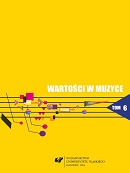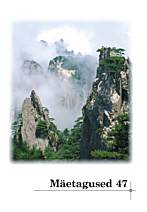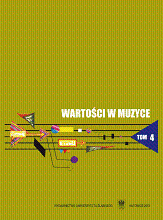
Magia dźwięku i magia obrazu — wieczór w operze
In his deliberations the author has proven that opera theatres belong to important high culture institutions. During 27 artistic seasons he worked as the Head of The Grand Theatre Choir in National Opera House. For the last 15 years, the recurrence of popularity of opera performances has been observed. The contemporary operagoer is demanding and critical towards ill-cast parts, musical performances and scenography. Opera is a symbiosis of various semantic levels of art.
More...

